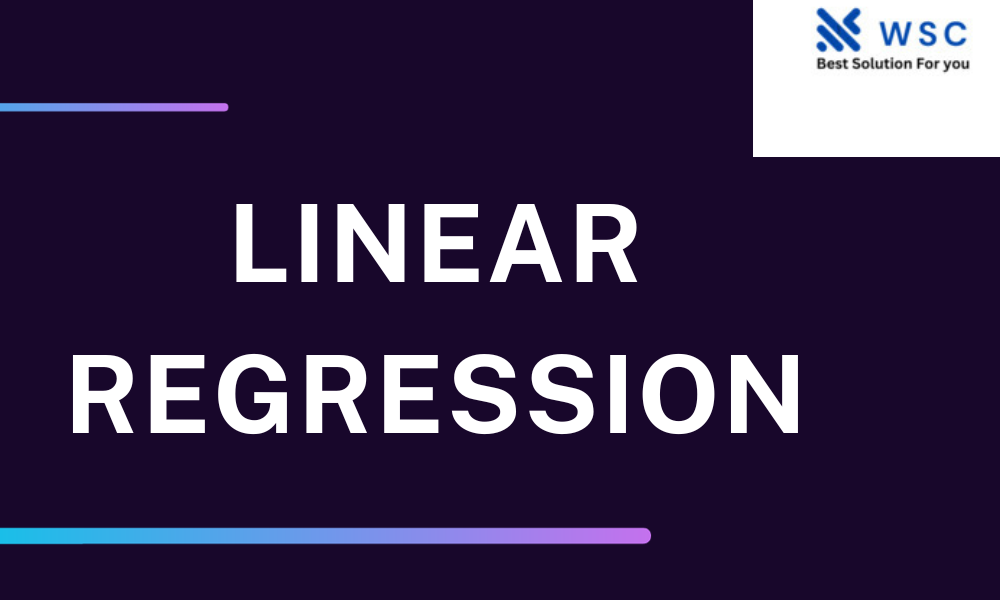Linear regression is a fundamental concept in the world of artificial intelligence, serving as the cornerstone for many predictive modeling techniques. In this comprehensive guide, we’ll delve into the depths of linear, from understanding its core principles to applying it in real-world scenarios.
Understanding Linear Regression
Linear regression is a statistical method used to establish a relationship between a dependent variable (the one we want to predict) and one or more independent variables (the ones we use to make predictions). It works by fitting a straight line to the data, allowing us to make predictions based on this linear relationship.
Why is Linear Regression Important in AI?
Linear regression may seem simple, but its significance in AI cannot be overstated. It forms the basis for more complex algorithms and models. Understanding linear is crucial because it helps AI practitioners grasp the fundamentals of modeling and prediction.
Practical Code Examples
Let’s get hands-on with some practical code examples in Python using popular libraries like NumPy and scikit-learn.
# Importing necessary libraries
import numpy as np
from sklearn.linear_model import LinearRegression
# Sample data
X = np.array([1, 2, 3, 4, 5]).reshape(-1, 1)
y = np.array([2, 4, 5, 4, 5])
# Creating a linear regression model
model = LinearRegression()
# Fitting the model
model.fit(X, y)
# Making predictions
predictions = model.predict([[6]])
print(predictions)
Conclusion
Mastering linear is a vital step in building a strong foundation in the field of artificial intelligence. From understanding its principles to practicing code examples, you’ve taken a significant step toward becoming proficient in AI modeling. Keep exploring and applying these concepts to unlock the full potential of AI in your projects.
Check our tools website Word count
Check our tools website check More tutorial




